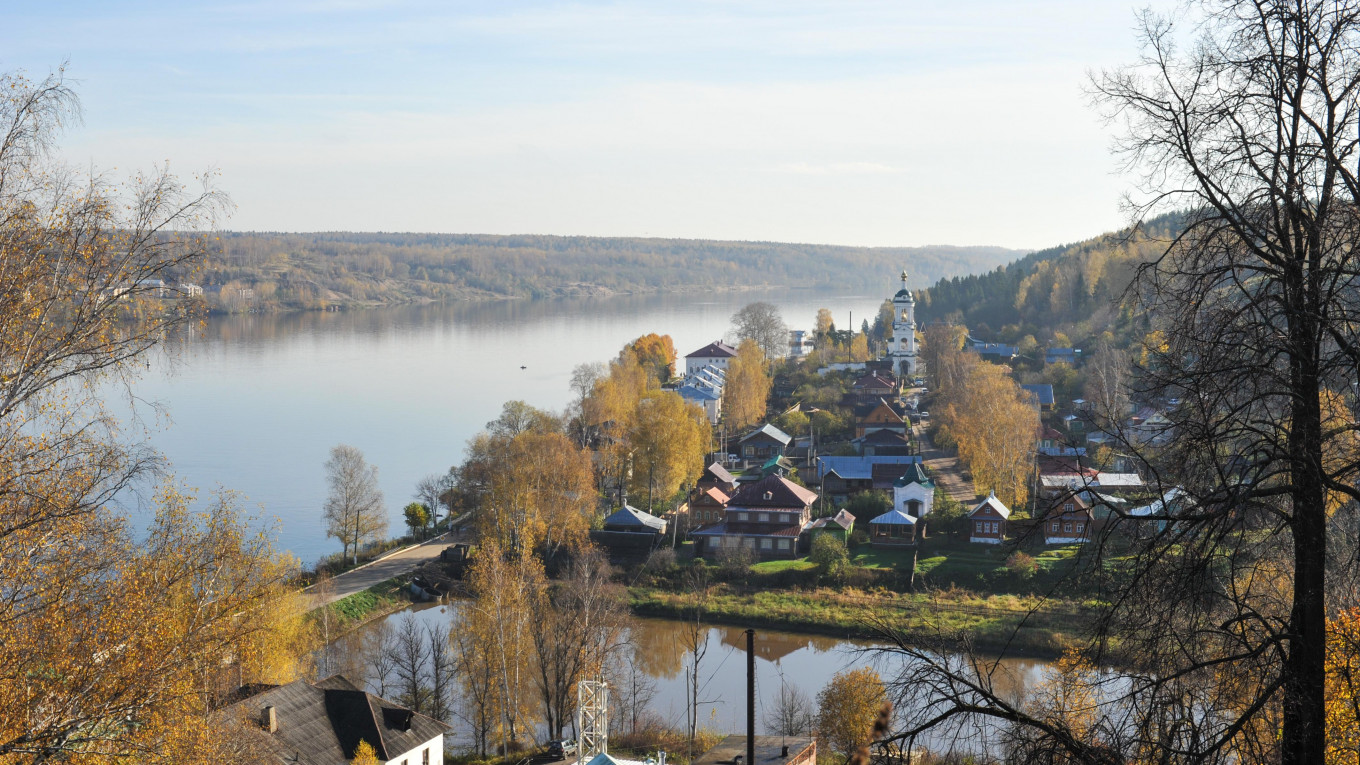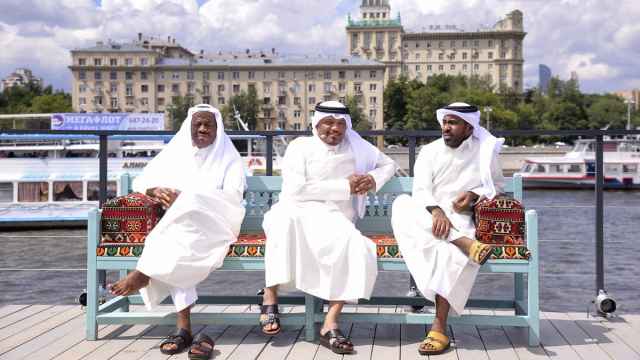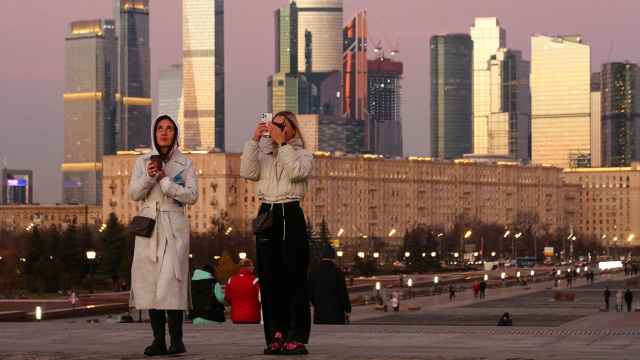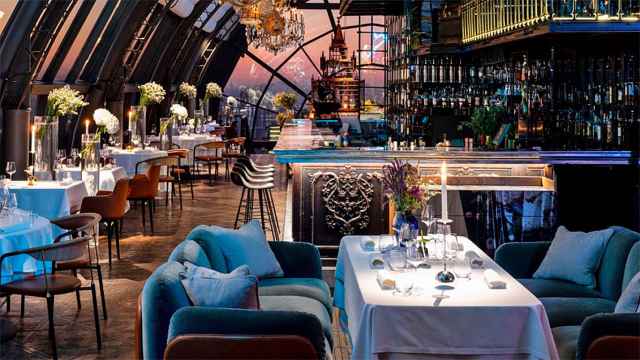Plyos is one of the smallest towns in Russia, with population of less than 2,000 people. Despite its distance from Moscow – almost 400 kilometers – it also happens to be one of the top destinations for weekend trips in Russia.
“Plyos” literally means “stretch of river.” Located on the Volga right in between two of the Golden Ring's eight cities, Ivanovo and Kostroma, Plyos is sometimes included in the expanded or “alternative” Golden Ring.
History’s Up and Downs
Historians can't agree on when Plyos was actually founded. Although there is archeological evidence that there was an outpost here as early as 1141, the official date is 1410 when a proper fortress was built by Tsar Vasily I. Plyos became a border post of the Grand Duchy of Moscow. It also served as a customs point, and Plyos river pilots helped only those who paid the fee to navigate difficult rapids nearby. But when the Kazan Khanate was conquered by Ivan the Terrible in 1552, the fortress was no longer needed. After it was burned down in early 17th century it was never rebuilt.
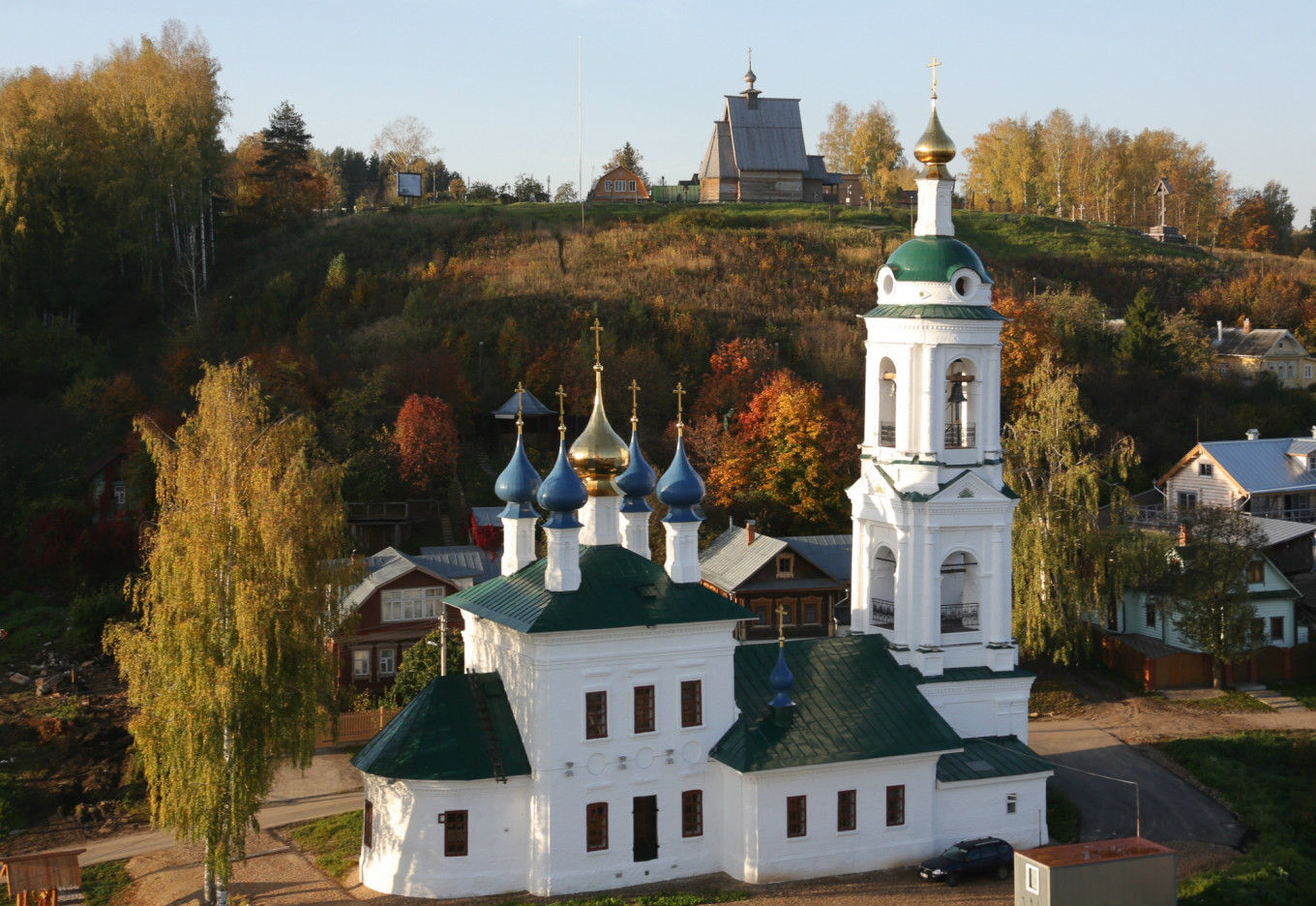
The fortress's location is now called Sobornaya gora (Cathedral Hill), after the beautiful Assumption Cathedral built in 1699 at its very top. The only reminders of the former fortress are the recently reconstructed foundations of its wooden ramparts. Cathedral Hill provides splendid views of Plyos and the Volga.
Plyos' revival occurred with the development of the textile industry in Ivanovo, when Plyos became the industry’s main port on Volga. Textile merchants built a whole row of expensive houses along the embankment, which stretches down the Volga for nearly two kilometers. It's a pleasant walk, and you can marvel at the Volga on one side and architectural gems on the other. In the summer, make sure to take a boat cruise of Plyos and vicinity.
Textile money kept flowing in until the late 19th century, when a railroad was built bypassing the town. That's when Plyos reinvented itself as a dacha town. Full of merchants' grand houses, it had no lack of lodging for painters, writers and other bohemian types.
The most famous of them was Isaak Levitan, Russia’s most celebrated landscape painter. Levitan visited Plyos with his mistress and student Sophia Kuvshinnikova three summers in a row – from 1888 to 1890. According to a legend, he first saw Plyos as he passed by on a steamboat and on a whim decided to disembark. Kuvshinnikova was a married woman and her affair with Levitan was something of a scandal, especially after their life in Plyos was depicted in Anton Chekhov's short story “The Grasshopper.”
The result of Levitan's stay in Plyos were almost 200 works, among them some of his best known paintings like “Quiet Abode” and “Evening Bells.” There's much confusion about one of his most famous works, “Over Eternal Peace,” which pictures a lake and a wooden church. The lake is Udomlya Lake in the Tver region, but the church depicted used to stand on the hill opposite Cathedral Hill, now called Levitan's Mount. The church in the painting burned down in 1903, and the one you see today was moved here from the village of Bilyukovo.
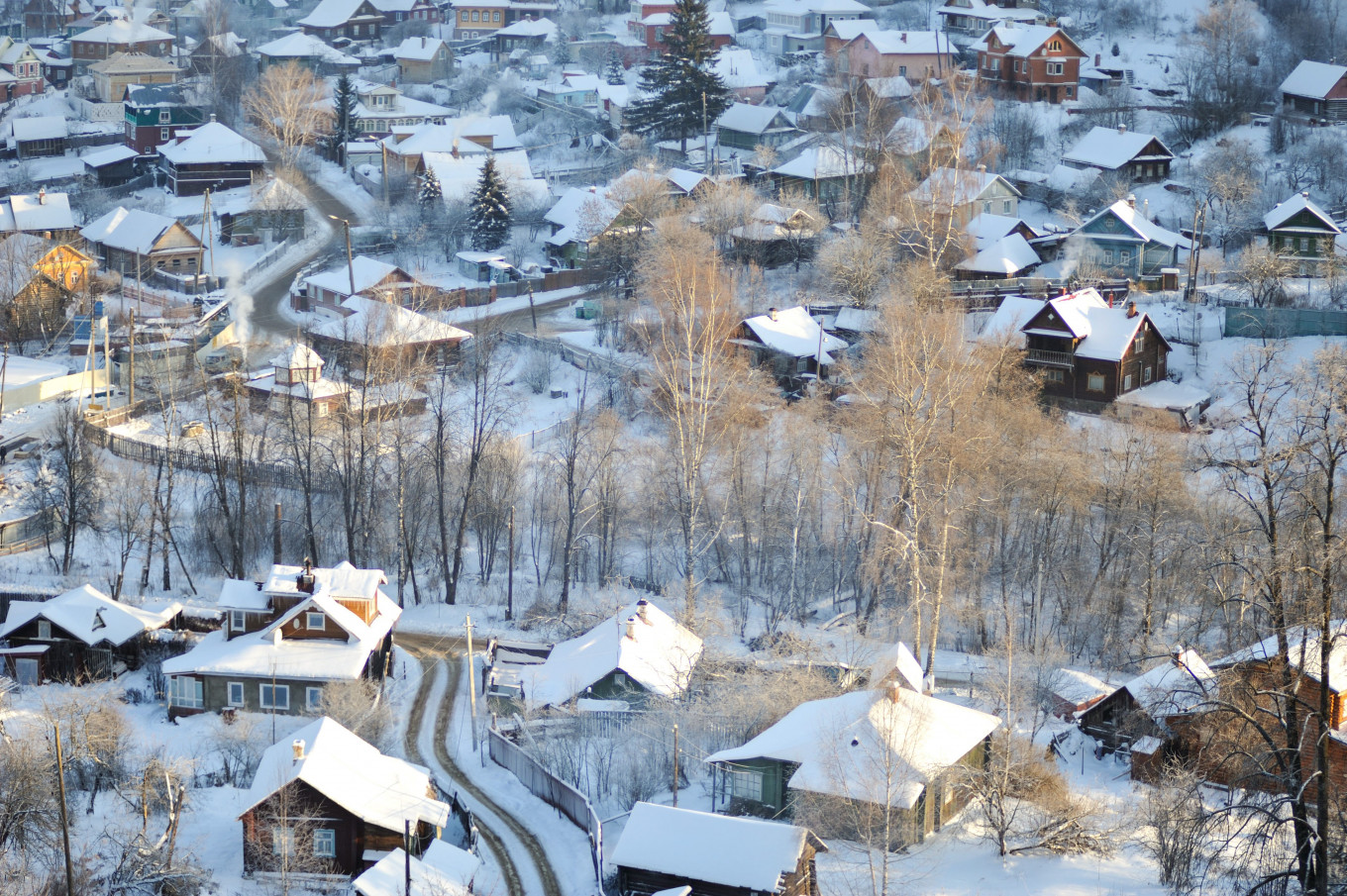
The house where Levitan and Kuvshinnikova stayed is now a museum. Three years ago it made the headlines when five paintings were stolen. They have been since found, returned to the museum and now hang on the same walls. The museum has a plethora of sketches and paintings by both Levitan and Kuvshinnikova.
Plyos once again became a fashionable destination about a decade ago, when Russia's high and mighty became the new “summer people” here. A plaque on the Embankment immortalized this turning point for Plyos: “Russian President Medvedev first visited Plyos on August 4, 2008.” In fact, Medvedev's famous dacha with the “house for ducklings,” shown in great detail in the famous Alexey Navalny video, is just a few kilometers away.
What to Do
Apart from the Levitan Museum, there's also Museum of Russian Landscape Art, located in a 19th century mansion on the embankment. It exhibits many works by less known landscape artists, including contemporary ones.
A restored wooden house near the picturesque Church of Holy Varvara houses the Provincial Art Gallery M, a private museum with a great collection of Soviet porcelain, including a much discussed Ukrainian-made ballerina statue that Jeff Koons copied for his 13-meter high public art object in the middle of Rockefeller Center in New York City last summer. There's also an extensive collection of painted papier-mâché boxes with miniature paintings from all the four famous villages that produce them: Palekh, Kholuy, Mstyora, and Fedoskino.
Torgoviye Ryady (Trading Arcades) opposite the new restored Voskresenskaya (Resurrection) Church is full of run-of-the-mill souvenir shops with the notable exception of a cozy little gallery called Parokhod, (Steamboat) where everything is river-related: from wooden seagulls to model ships.
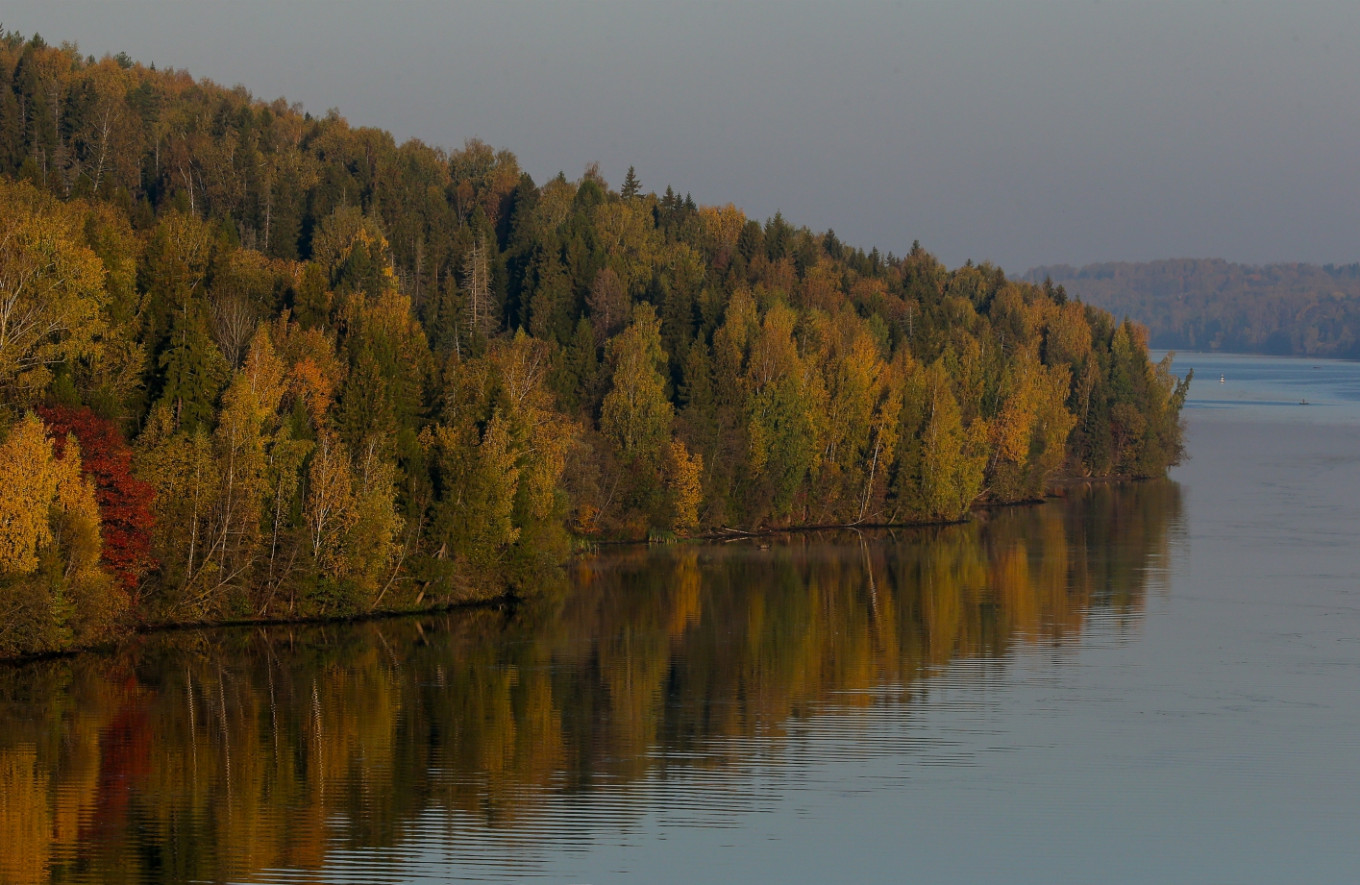
Where to Eat
There's plenty of dining options. Chugunok (which means “small iron cauldron”), a cafe on the embankment, offers traditional Russian fare, as well as some local specialties like Volga trout. Pivnoy Dom (“Beer House”) is first of all a local brewery. Right in the middle of the second floor there's a massive tree with life-size mermaid emptying a beer mug. But Pivnoy Dom has some great food, too. Try pelmeni, Russian dumplings, with a twist: made of rye flower, they are more grey than white and filled with local delicacies like elk meat — served not with sour cream, but lingonberry sauce.
A coffee shop on the embankment is named after Sophia Kuvshinnikova and serves decent espresso-based drinks, as well as “Levitan's favorite cookies” and a local baked specialty called ugol (“corner”) with bream from the Volga.
Where to Stay
The interest of Russia's elite skyrocketed real estate prices in Plyos, but you can still find a decent bargain at some of the small local hotels and guest houses. The town site has a listing of places to stay, or you can use any of the standard hotel search and book sites.
If money's no problem, indulge in a seriously luxurious, but adamantly healthy stay at Villa Plyos, just ten kilometers away from town.
At Villa Plyos guests are assigned a personal trainer and nutritional specialist who will develop a comprehensive program for the visitor’s stay. This might include Nordic walking around the 60 hectares hotel's territory, as well as spa procedures, sauna, and dips in the swimming pool. All the meals are cooked in accordance with the guest’s personal nutrition program by a French chef. Check out their site for more detailed information.
How to Get There
The easiest way to get to Plyos is by car. However, if that's not an option, there's a bus from Moscow Central Bus Station (Metro Shchelkovskaya) that goes twice daily. Alternatively, you can take a train to Vladimir from Kursky Train Station and catch a taxi from there.
A Message from The Moscow Times:
Dear readers,
We are facing unprecedented challenges. Russia's Prosecutor General's Office has designated The Moscow Times as an "undesirable" organization, criminalizing our work and putting our staff at risk of prosecution. This follows our earlier unjust labeling as a "foreign agent."
These actions are direct attempts to silence independent journalism in Russia. The authorities claim our work "discredits the decisions of the Russian leadership." We see things differently: we strive to provide accurate, unbiased reporting on Russia.
We, the journalists of The Moscow Times, refuse to be silenced. But to continue our work, we need your help.
Your support, no matter how small, makes a world of difference. If you can, please support us monthly starting from just $2. It's quick to set up, and every contribution makes a significant impact.
By supporting The Moscow Times, you're defending open, independent journalism in the face of repression. Thank you for standing with us.
Remind me later.


